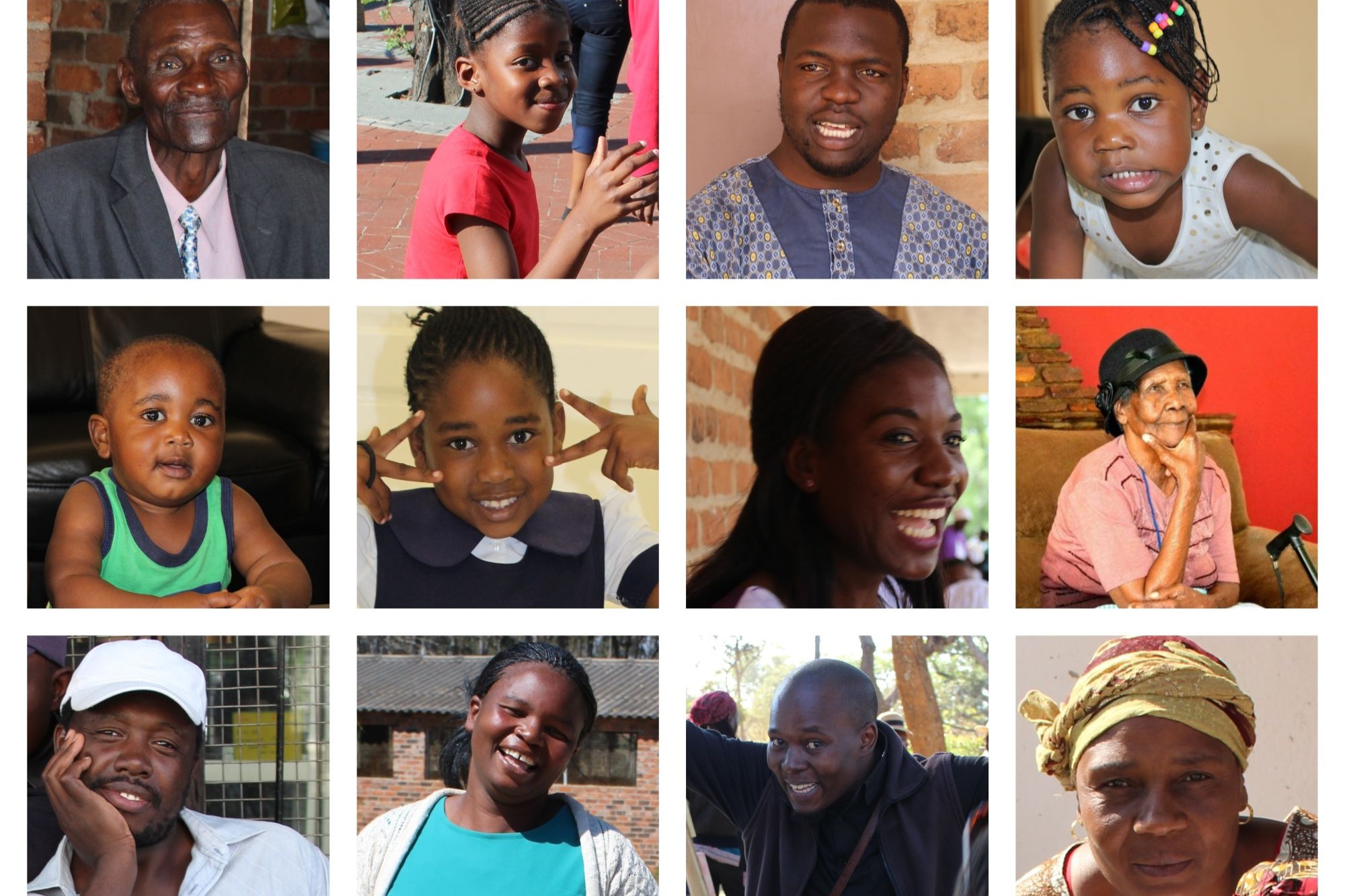Key Takeaways
- Most Shona clans use multiple praise names or titles for men and women, based on over 1,000 survey responses.
- Some clans apply the same titles to both men and women, including the totem animal name itself.
- Mutupo refers to the clan name tied to ethnic identity, while the totem animal serves as its symbol; they differ but often get mixed up in responses.
- Certain clans link to more than one totem animal due to historical reasons, like the Bonga clan with both wild cat and painted dog.
- Every clan connects to an animal totem, even if some members list body parts like gumbo or moyo; the survey highlights lesser-known wildlife too.
Let me pour my heart out a little here. Back in July 2024, I seriously considered giving up on ZimbOriginal. I had ideas for monetizing the blog, but it felt like nothing was going anywhere. I decided to quit.

But here’s what I realised: it wasn’t the writing or storytelling that made me want to quit—it was the pressure to monetize. That realization took me back to the reason I started the blog in the first place: helping people by sharing information about Zimbabwe’s culture and indigenous practices. So I made a decision: I would focus on what I enjoy, writing and helping people, and figure out other ways to generate income. (If you’re curious about how that’s been going, you can follow my journey here.) That’s how the idea for the mutupo survey came about.
Over time, I realized that the content people are most interested in on the blog relates to mutupo. Zimbabweans are curious: Which clan has this totem animal? What is the praise name for the men of a particular clan? How are women of a certain totem addressed? The interest in this subject has always intrigued me.
Since there isn’t much literature readily available, I thought: why not ask my readers to share what they know, and then share it with others? The survey was initially meant to be a limited edition. But a month after launching, people were still participating. That’s when I decided to let it continue indefinitely.
Today, the mutupo survey is a permanent part of ZimbOriginal. Over 1,000 Zimbabweans have taken part—and a few non-Zimbabweans too; I’ve received entries from Kenya, with Swahili words I had to Google, and another from Mozambique.
In this post, I want to share some of the most interesting findings from the survey. For the full summary, which I continually update, check out the Mutupo Ndiani? page. And if you haven’t already taken part, I hope you can spare a minute to help me grow this project.
1. Most clans have multiple male and female titles
To help me make sense of the information I received, I’ve been doing a little research on the side. While I’m not an expert in statistics or data analysis, I felt it was important to filter out what wouldn’t be meaningful and make the data easier to understand.
One of the first things I did was create the fields for people to fill in. How I named these fields could have influenced the responses. Some participants even called me to ask about the wording or to correct me, and I made a few changes based on their feedback.
Initially, my field for praise names—which are essentially the titles of address—was labeled ‘chidao‘ instead of ‘zvidao.’ One participant pointed out that most clans have a variety of titles for both men and women, rather than just one. I updated the field to allow for multiple ways in which the women or men of a clan can be addressed. So if you look at the summary, you will notice that indeed clans have multiple ways to address their men and women.
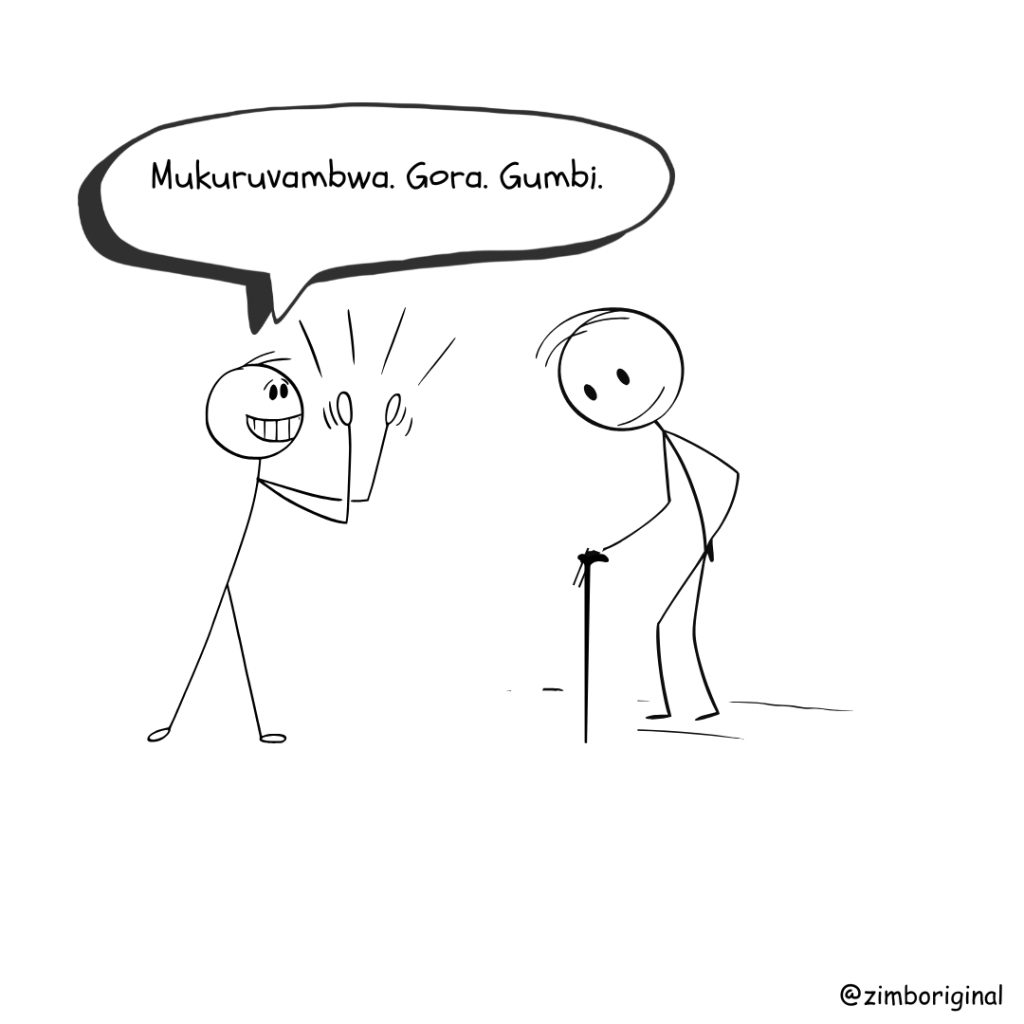
2. Some clans use the same titles for men and women
Another pattern I noticed is that quite a few entries show some titles being used interchangeably for men and women (you can see examples on the summary page). I’m not an expert, so I can’t say whether this is ‘correct’ or not. But if it’s a practice, then it’s valid to record it—and whether it should be the practice is a different conversation altogether.
In particular, the totem animal itself is sometimes used as a title for both men and women. The clan name (by which I mean the mutupo, such as Soko, not the male-specific titles like Mukanya or Murehwa) is also sometimes applied to both sexes.
3. The mutupo is not the totem animal—or is it?
At the time of writing, I’ve received over 1,000 survey responses. Of those, just over 40% provided an actual clan name in the field labeled ‘mutupo/ clan name.’ And yes, I know I said I’m not an expert, but my side research alongside this survey led me to conclude that the totem animal (mhuka inoerwa) and the actual clan name are different things.
For those who didn’t provide the mutupo/ clan name, many listed the male title instead. From what I’ve learned, the male title usually points to a sub-clan within the main clan rather than the clan itself. For example, you might have many people with the Dziva totem, but the primary male praise names can differ, reflecting distinct sub-clans. So, while using the male title as the clan name is partially correct, it doesn’t give the full picture.
What other researchers say
I spoke to Mr. Cosmas Nyamutswa around the time I started the survey. He is a retired pilot who now dedicates his retirement to researching Shona ancestry and has several publications on the subject, including one on the Shumba Gwara.
According to him, the mutupo is the name that signifies the ethnic identity—or ‘brand’—of a clan. A clan is a group of people tracing their lineage to a common ancestor. The totem animal, on the other hand, is simply a symbol that represents the clan—much like a corporate logo. I find this analogy very helpful.
However, for totem animals like shumba and nzou, even from the survey, it was difficult to identify the actual clan name. Many participants submitted the totem animal or the male praise name in the mutupo field. Does this mean the clan names for these groups have been lost or forgotten? That’s still an open question.
I’ve also come across research suggesting that some groups—such as those with the shumba totem—share the same animal without being related, simply because different clans chose the same symbol. In such cases, they don’t actually share the same mutupo.
Let’s tell our children our stories
As I’ve been thinking about this, I’ve wondered: how did this knowledge slip away? Somewhere along the way, people just stopped telling their stories—not always by choice, but because of the systems and times they lived in. The introduction of schools and the perception of our own ways and practices as inferior played a part. But now, it’s our time to change that. Let us tell our own stories.
Matifadza Chidovi, my niece—yes, my brother’s daughter, and I’m just as surprised as you are—recently started a YouTube channel called Mati Talks About. In her first episode, she speaks on this subject more eloquently than I ever could. It’s amazing that she’s drawn to the same topics as me, even though we live in different parts of the world.
In this debut episode, she discusses the role of the sarungano—the storyteller—while embodying one herself as she begins her storytelling journey. You can watch the episode below.
4. Some clans have different totem animals
If the totem animal is the symbol of a clan, how does a single clan end up with different symbols? A look at the male and female titles might suggest it’s the same clan—but then differences appear in the totem animal. I believe such cases often have historical reasons.
I remember when one of my readers wrote to me, pointing out that I had gotten the Bonga totem animal wrong in one of my blog posts. I had listed it as the wild cat, but he said it was the painted dog. I was apologetic and quickly corrected it, assuming my source had been incorrect.
Later, a close friend told me that their totem animal was indeed the wild cat. I argued with her for a bit, but she looked at me and said, ‘Shungu, that’s been my totem the way I know it forever, how my grandmother told me.‘ That’s when I realized that both were right—at least according to what they know. But which one is ‘correct,’ I cannot say, nor have I found an explanation for the difference.
The same is true for other totems. For Gwai Gumbi, two totem animals are identified: the sheep and the tortoise. For the Soko totem, most say it’s the vervet monkey, while a handful say it is the baboon.
5. Some people don’t associate their clans with any animals—but shouldn’t they?
In my conversation with Mr. Nyamutswa, he explained that every clan has an animal associated with it. Yet from the survey, some clans—like Gumbo, Soko, and Moyo—had a significant number of respondents who listed the clan name itself as the totem animal. Perhaps they were giving a totem—but one that isn’t an animal?
For gumbo (leg) and moyo (heart), one could argue that these are body parts of an animal and therefore serve as totems in their own right. Interestingly, however, a substantial number of respondents from the same clans—Gumbo and Moyo—identified cattle as the totem animal.

As for the Soko totem, the meaning is less clear. There is no animal in Shona simply called soko. Instead, we have tsoko or shoko. A similar word appears in Swahili: sokwe, which means ape or gorilla. Among those from the Soko clan who identified an animal, the answers were either tsoko (vervet monkey) or gudo (baboon).
In the end, I’m inclined to agree with Mr. Nyamutswa that every clan has an animal associated with it. As we’ve seen, all three clans mentioned here have animal connections, though these are recognized by some members but not by all.
6. You can learn a lot about Zimbabwean wildlife through the mutupo system
I’ll count this one as a bonus discovery, since my title promises five.
As I went through the totems, I have to admit—I came across some animals I had never heard of. In the talks and stories I usually encounter about mutupo, it’s mostly the familiar animals: nzou, shumba, mbizi, and so on. But this survey exposed me to creatures I hadn’t even known existed. For example: the nondo – tsessebe, the ngururu – klipspringer, and the nhire – springhare.
Then there are some less common ones I had encountered before, particularly while writing children’s stories for my Shona program. I hadn’t known, however, that they are part of the totem animal universe. One example is the mbiti—Cape clawless otter.
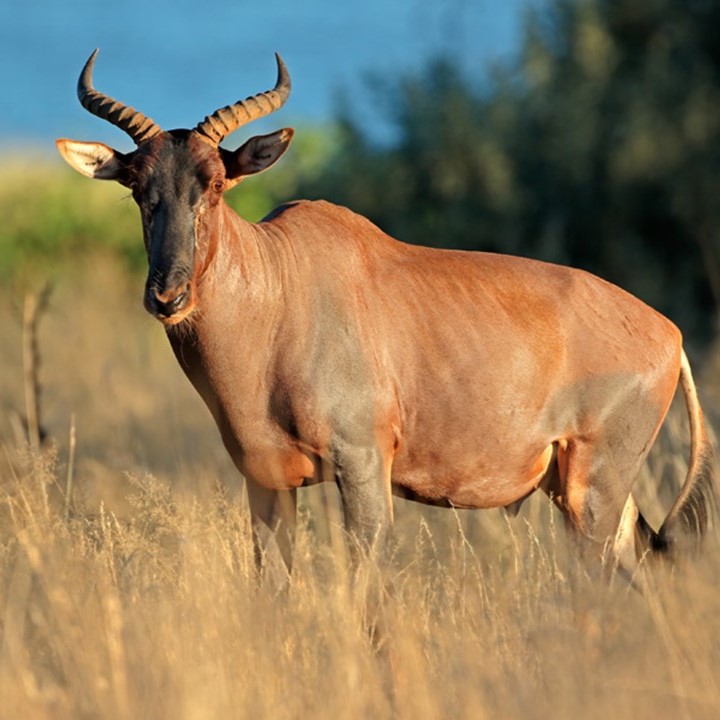
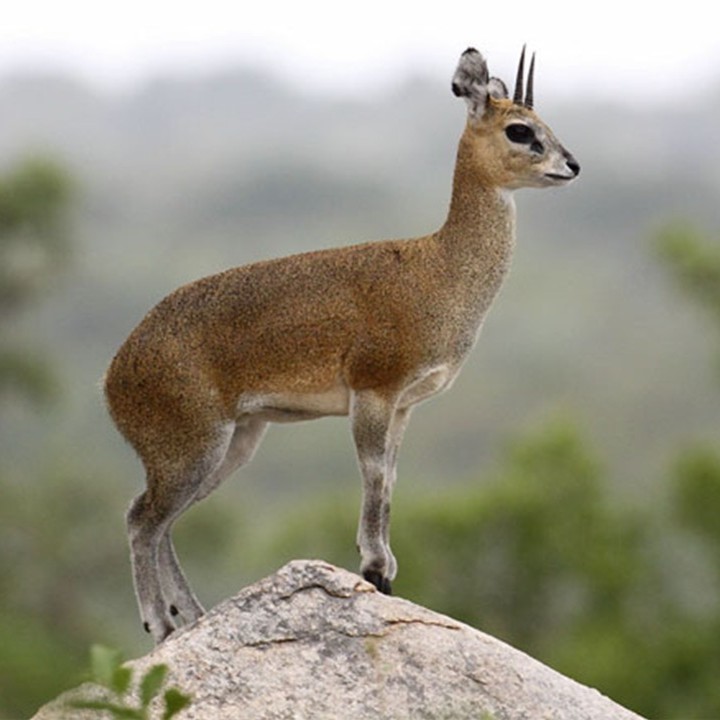
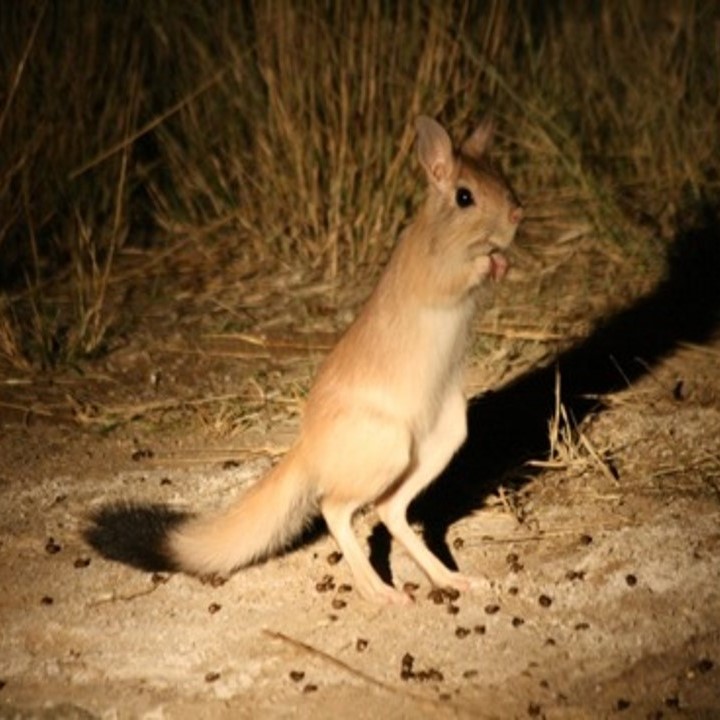

Every time I encounter such an entry, I do a bit of research to check if the animal is even part of the savanna ecosystem. It’s been nothing short of enlightening and amazing.
Looking ahead: keeping the stories alive
The mutupo survey has shown me that our heritage is rich, complex, and full of surprises. From multiple titles to different totem animals, and even little-known wildlife, there’s so much to discover—and so much to preserve. Sharing these stories isn’t just about information; it’s about keeping our culture alive for the next generation. As my niece explains in The Storyteller, telling our own stories inspires us to imagine our future.
I hope this post inspires you to explore your own mutupo, ask questions, and embrace the storyteller in you. Together, we can ensure that our stories are never forgotten.

